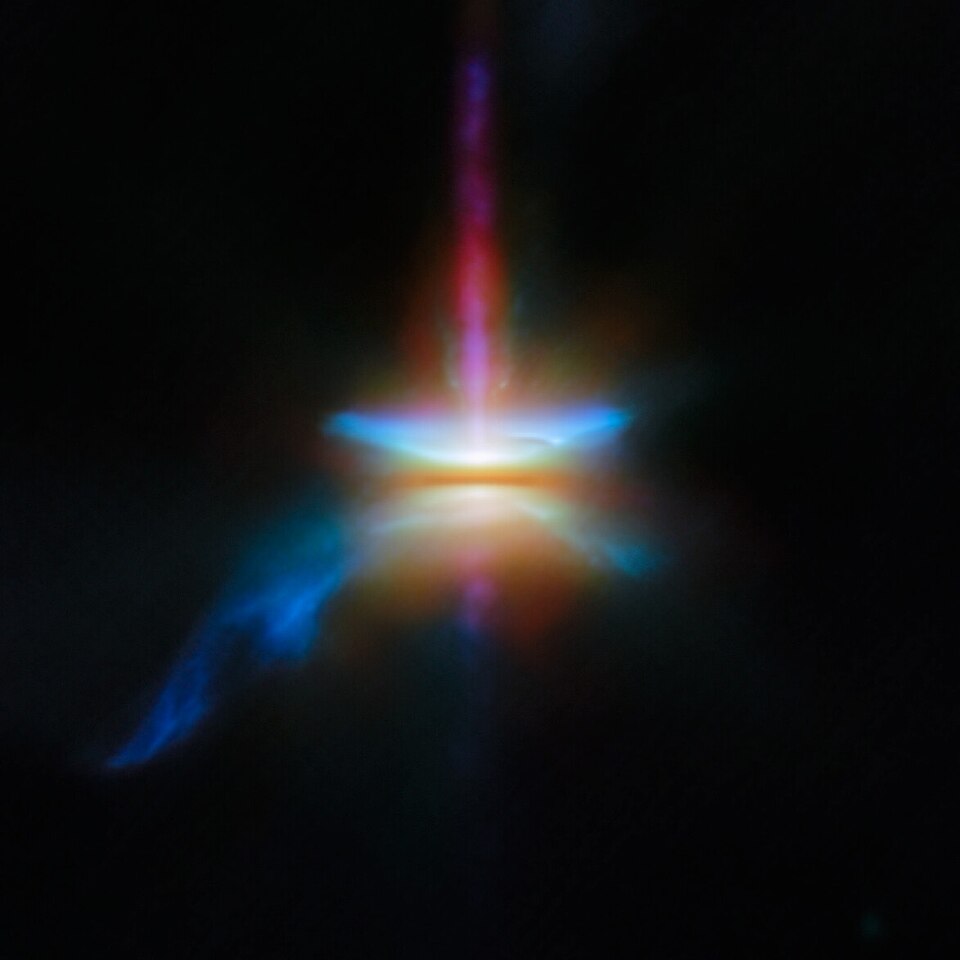NASA's James Webb Telescope Reveals New Solar System Formation Insights

Astronomers have made a groundbreaking discovery using the James Webb Space Telescope (JWST), providing unprecedented insights into the birth of a new solar system. For the first time, researchers have observed signs of solid minerals, specifically silicon monoxide, forming in a distant protoplanetary disk. This significant finding sheds light on the processes that govern the formation of planets and other celestial bodies, marking a pivotal moment in the field of astrophysics.
The discovery was made during observations of a protoplanetary disk located around the star L1527, which is situated approximately 450 light-years away from Earth in the Taurus constellation. According to Dr. Emily Smith, an astrophysicist at the Space Telescope Science Institute, "The presence of silicon monoxide indicates that materials are cooling and solidifying, which is a key step in planet formation."
The JWST, launched in December 2021, has been instrumental in advancing our understanding of the universe. Its advanced infrared capabilities allow it to peer through cosmic dust clouds that often obscure observations made by other telescopes. This ability is crucial for studying the early stages of solar system formation.
The significance of this discovery extends beyond mere observation; it provides a tangible link between the formation of solid materials and the eventual development of planets. Dr. Robert Chen, a planetary scientist at the California Institute of Technology, emphasizes that "understanding the mineral composition of these disks is essential for predicting the types of planets that may form."
In addition to silicon monoxide, researchers have detected a variety of other minerals within the disk, including silicates and oxides. This diverse mineralogy suggests that the building blocks of planets are already present in the early stages of solar system formation. According to a report from the European Southern Observatory published in 2023, the presence of these minerals could also provide clues about the atmospheres of potential exoplanets that may develop in the future.
The implications of this discovery are profound, not only for understanding our solar system's origins but also for the search for extraterrestrial life. As noted by Dr. Karen Patel, an astrobiologist at the Massachusetts Institute of Technology, "The materials present in these disks are fundamental for the development of life as we know it. This discovery could help us identify other systems that may harbor life."
The JWST continues to offer new perspectives on cosmic phenomena, with future observations planned to further explore the characteristics of protoplanetary disks and their potential for hosting habitable planets. As the telescope gathers more data, astronomers expect to refine their models of planet formation, ultimately enhancing our understanding of the universe and our place within it.
In conclusion, the James Webb Space Telescope's observations of silicon monoxide and other minerals in a protoplanetary disk represent a significant milestone in astrophysics. This discovery not only enriches our knowledge of how solar systems form but also opens new avenues for exploration in the quest for extraterrestrial life. Researchers and astronomers globally will closely monitor further findings from the JWST as they continue to unravel the mysteries of the cosmos.
Advertisement
Tags
Advertisement





